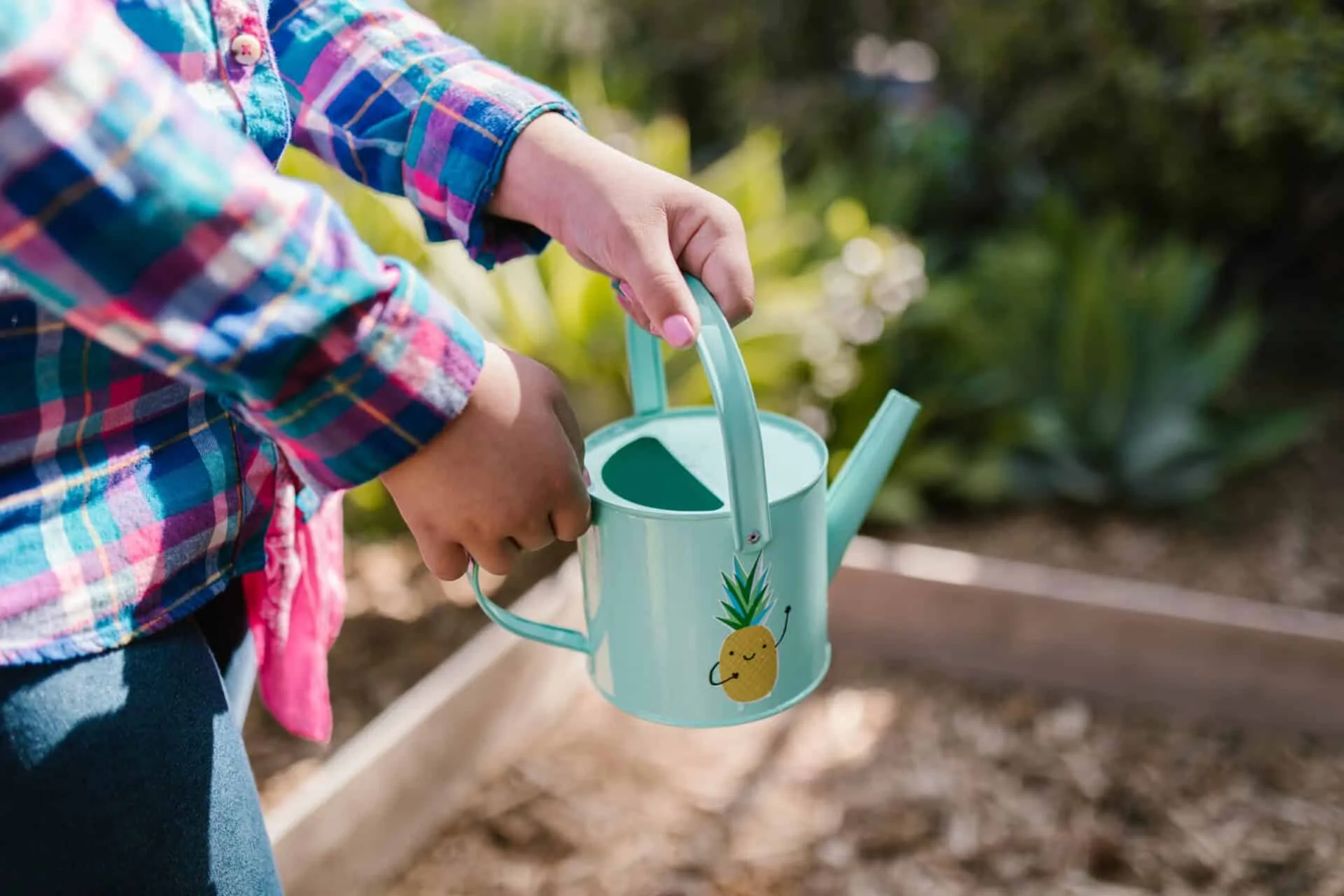It can be difficult to tell if a pineapple is bad just by looking at it. However, there are some signs you can look out for that will help you determine if your pineapple has gone bad. In this article, we will discuss how you can tell if a pineapple is bad and provide some tips on how to ensure your pineapple stays fresh and delicious.To check if a pineapple is bad, start by examining the fruit’s appearance. Look for any discoloration or mold on the skin. If you notice any black or brown patches, discard the pineapple. Next, press gently on the top and bottom of the pineapple to check for soft spots. If it feels mushy or has indentations, it’s likely bad. Additionally, smell the fruit; if it smells sour or fermented, it’s not good to eat. Finally, cut open the pineapple and look for signs of spoilage such as brown spots in the flesh or an off-putting odor. If you see any signs of spoilage, throw away the pineapple.
Signs of a Bad Pineapple
One of the most important things to look for when shopping for pineapple is signs that it has gone bad. Rotten pineapple can be dangerous to eat and should be avoided. Here are some signs to look out for when shopping for pineapple:
The first sign of a bad pineapple is its appearance. The flesh should be firm and bright, with no discoloration or spots. If the pineapple has any dark patches on its skin, it is likely past its prime and should be avoided.
The second sign of a bad pineapple is its smell. A ripe pineapple will have a fragrant aroma, while an overripe one will have an unpleasant odor. If the fruit smells sour or pungent, it is likely past its prime and should be discarded.
The third sign of a bad pineapple is its texture. When pressed, the flesh should be firm and not mushy or slimy. If you press your finger into the flesh and it feels soft or slippery, then it may have spoiled already and should not be consumed.
Finally, if you shake the pineapple, you may hear liquid sloshing inside which indicates that it has gone bad. This means that bacteria has begun to break down the flesh of the fruit, making it unsafe to eat.
By keeping an eye out for these signs of a bad pineapple, you can ensure that you only purchase fresh fruit that is safe to eat.
Smell Test for Rotten Pineapple
If you’re wondering if a pineapple is spoiled, the best way to tell is by smell. The strong, sweet aroma of a ripe pineapple should be unmistakable. If the pineapple has gone bad, it will have an off-putting smell that can range from sour to ammonia-like. To perform a smell test, hold the pineapple up to your nose and take a deep whiff. If it smells unpleasant or off, then it’s probably too far gone and should be discarded.
It’s also important to observe the appearance of the pineapple when determining if it is still safe to eat. A rotten pineapple will often have discolored patches on its exterior and may be slimy or squishy in certain spots. Additionally, the leaves may be brown or wilted if it has been sitting out for too long. If you notice any signs of spoilage, you should throw away the fruit.
If you’re still not sure if a pineapple is bad or not, there are other tests you can do beyond just looking and smelling it. One option is to cut into the fruit and check for any signs of spoilage on its interior such as browning or mold growth. You can also taste a small piece of the fruit; however, this isn’t recommended since consuming even small amounts of spoiled food can make you sick. If in doubt, discard the fruit and purchase another one that looks and smells fresh.
The Color of Bad Pineapple
Bad pineapples come in various shapes, sizes, and colors. The most common color for bad pineapples is a yellow-green shade. This color can range from a light yellow hue to an olive green. Some bad pineapples may have dark spots or discoloration, which is also indicative of a bad pineapple.
The main indicator of a bad pineapple lies in its smell. Bad pineapples will give off an unpleasant smell and should not be eaten. If the pineapple smells overly sweet, it may be overripe and spoiled. Even if the pineapple looks fine on the outside, it could still be bad on the inside due to its smell.
In addition to the color and smell, you should also check for any soft spots or mold on the outside of the pineapple. If you notice any of these signs, it’s best to discard the pineapple as it is likely spoiled and unsafe to eat.
If you’re unsure whether or not your pineapple is good, try cutting into it to check for discoloration or softness on the inside as well as smelling it for any off odors. If your pineapple passes this test, then you can enjoy it without worry!
Is the Texture of a Bad Pineapple Different?
Yes, the texture of a bad pineapple is different from that of a good pineapple. A bad pineapple will feel soft and mushy to the touch, while a good pineapple will be firm and have some give when squeezed. The skin of a bad pineapple will also appear dull and discolored, while the skin of a good pineapple will be bright and vibrant in color.
When cut open, the difference in texture between a bad and good pineapple is even more noticeable. A good pineapple will have juicy, firm flesh inside with no signs of discoloration, while a bad pineapple may have mushy flesh with dark spots or patches inside. In addition to being mushy, the flesh of a bad pineapple may taste sour or have an off smell.
The texture of a bad pineapple is not only unpleasant to eat but can also pose as potential health risks if consumed. Eating under-ripe fruit can cause stomach upset and other digestive issues due to bacteria that can develop inside the fruit when kept too long or not stored properly. Therefore, it is important to only purchase pineapples that are fresh and ripe in order to ensure they are safe for consumption.
Overall, it is easy to tell from both its texture and appearance if a pineapple is not fit for eating; however, when in doubt always choose fresh over old!

Is There Mold on the Pineapple?
When it comes to pineapples, one of the biggest concerns is whether or not they contain mold. Mold can be a serious problem for any food item, as it can not only make it inedible but can also cause health issues if ingested. Fortunately, there are several things you can do to make sure that your pineapple is free from mold.
The first thing to do is to inspect the pineapple for visible signs of mold. Mold usually appears as white or black spots on the surface of the fruit. If you see any signs of mold, discard the pineapple immediately and replace it with a fresh one.
The second step is to smell the pineapple. If it has a musty or sour smell, then there’s a good chance that there is mold present and you should discard it immediately.
The third step is to check for softness. If the pineapple feels more than slightly soft or squishy, then this could be another indication that there’s mold present. Discard the pineapple if this is the case and get another one instead.
Finally, you should also look at how long you’ve had your pineapple for and how long it’s been since you bought it. If you bought your pineapple more than a few days ago and it’s been sitting in your fridge for longer than that, then chances are that it may have developed some mold on it during storage time and should be discarded immediately.
In general, if you follow these steps carefully when inspecting your pineapple for mold, then chances are that you’ll be able to enjoy a safe and delicious fruit snack without having to worry about health risks associated with consuming contaminated food items.
How Long Does it Take For a Pineapple to Go Bad?
Pineapples can last up to two weeks when stored properly. To keep your pineapple fresh, make sure to store it in the refrigerator and keep it away from direct sunlight. When a pineapple is stored at room temperature, it can go bad in just a few days.
In order to tell if your pineapple has gone bad, you should look for signs of mold or discoloration. If you see any of these signs, the pineapple is no longer safe to eat and should be discarded. Additionally, you may be able to tell if a pineapple has gone bad by its smell. If the smell is off or sour, it is best not to consume the fruit.
The best way to ensure that your pineapple will last as long as possible is to purchase fresh pineapples from the store or market and store them properly. If you have pineapples that have been sitting out at room temperature for more than a few days, it is best not to consume them as they may have gone bad already.
Can You Eat a Soft or Brown Pineapple?
Yes, you can definitely eat a soft or brown pineapple. However, it is important to remember that such a pineapple will not have the same flavor and texture as a ripe pineapple. A soft or brown pineapple has been left on the tree for too long, resulting in it being overripe. The flesh may be brown and mushy, but the flavor will be sweet with an intense aroma.
If you are going to eat a soft or brown pineapple, it is important to cut away any parts of the fruit that are discolored or moldy. This will help to avoid potential food-borne illnesses. The best way to prepare the fruit is by cutting it into small pieces and adding some fresh lemon juice or lime juice for flavor and sweetness.
When eating a soft or brown pineapple, you may find that the texture is quite different from that of a ripe one. The flesh may be softer and more fibrous than in its ripe state. It may also have an intense sweet flavor due to its high sugar content.
It is important to remember that eating overripe fruit can lead to digestive issues such as diarrhea if too much is consumed at once. Therefore, it is best to enjoy this type of pineapple in small amounts at first before increasing your intake gradually over time.
Overall, although you can eat a soft or brown pineapple, it won’t have the same flavor and texture as a ripe one so it’s important to be mindful of how much you consume at one time so that you don’t experience any digestive issues later on!

Conclusion
The best way to tell if a pineapple is bad is to use your senses. Look for signs of mold or discoloration. Smell the pineapple for any off odors. Feel the texture of the fruit and press lightly for soft spots. Don’t be afraid to cut open the pineapple and take a bite, as taste can be a good indicator as well. If any of these tests reveal that the pineapple is bad, it’s best to discard it immediately as consuming it could cause sickness.
In general, pineapples are very resilient fruits that can last for days when stored correctly at room temperature. If you plan on storing your pineapple for more than two days, it’s best to place it in the refrigerator until you’re ready to eat it. The cold temperature will help preserve its flavor and freshness.
Overall, knowing how to tell if a pineapple is bad is essential for ensuring that you get maximum flavor out of each piece of fruit you eat. By using your senses, you can easily determine whether or not a pineapple has gone bad and take steps accordingly.



